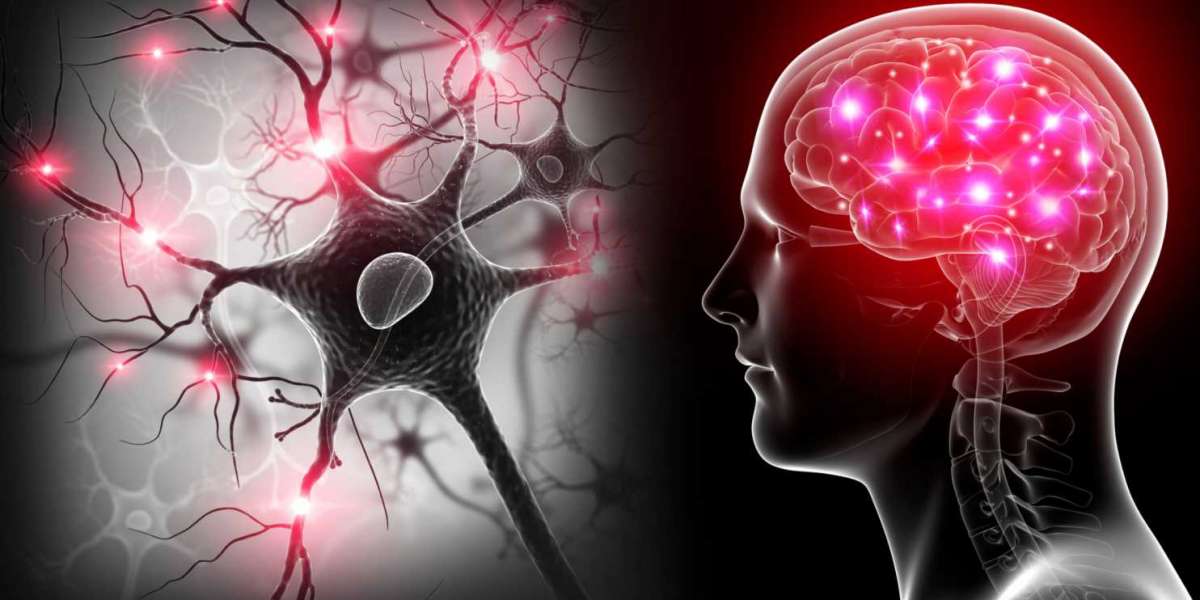Introduction:
"Pain" is a universal human experience, yet for many individuals, it remains a silent and solitary struggle. In this article, we delve into the profound phenomenon of pain that goes unheard and unnoticed, exploring the voices lost in the depths of suffering. From the silent cries of those who suffer in silence to the unseen wounds of those whose pain is overlooked, we shine a light on the hidden faces of pain and advocate for greater understanding, empathy, and support.
The Unseen Faces of Pain:
Pain, with its multifaceted and complex nature, can manifest in various forms, including physical, emotional, and psychological. While some forms of pain are visible and readily acknowledged, others remain hidden beneath the surface, their impact invisible to the outside world. These unseen faces of pain belong to individuals whose suffering goes unnoticed and unacknowledged, leaving them to navigate their struggles alone.
Silent Suffering:
Silent suffering is a pervasive yet often overlooked phenomenon, affecting millions of individuals around the world. It encompasses the experience of enduring pain and hardship in silence, without seeking help or support from others. For some, silent suffering may stem from a fear of judgment or stigma surrounding mental health issues. For others, it may be a result of cultural or societal norms that discourage open expression of emotions.
The consequences of silent suffering can be profound, leading to feelings of isolation, loneliness, and despair. Without the support and validation of others, individuals may struggle to cope with their pain, leading to further distress and worsening symptoms over time. Moreover, the silence surrounding their suffering can perpetuate a cycle of shame and self-blame, making it even more difficult to reach out for help.
Invisible Pain:
Invisible pain refers to the experience of suffering that is not readily apparent to others. While physical injuries or illnesses may be visible, the emotional and psychological pain that accompanies them often remains hidden from view. Individuals living with invisible pain may appear outwardly fine, yet internally, they may be struggling with overwhelming feelings of sadness, anxiety, or despair.
The invisibility of their pain can lead to feelings of invalidation and dismissal, as others may fail to recognize the depth of their suffering. This lack of understanding can exacerbate their distress, leaving them feeling isolated and misunderstood. Moreover, the stigma surrounding mental health issues may prevent individuals from seeking help or disclosing their struggles to others, further perpetuating their silent suffering.
Overlooked Voices:
In addition to silent suffering and invisible pain, there are also individuals whose voices are overlooked or marginalized in discussions about pain and suffering. These may include marginalized communities, such as people of color, LGBTQ+ individuals, or individuals with disabilities, whose experiences of pain may be compounded by systemic inequalities and discrimination.
For example, individuals from marginalized communities may face barriers to accessing healthcare or mental health services, leaving their pain untreated or unrecognized. Moreover, they may experience additional stressors related to their marginalized identity, such as discrimination, microaggressions, or lack of social support, which can exacerbate their suffering.
Advocating for Change:
Addressing the silent screams of those lost in the depths of pain requires a multifaceted approach that addresses the underlying causes of their suffering. This includes raising awareness about the prevalence and impact of silent suffering and invisible pain, challenging stigma and discrimination surrounding mental health issues, and advocating for greater access to healthcare and support services for marginalized communities.
Moreover, it involves fostering a culture of empathy, compassion, and understanding, where individuals feel safe and supported to open up about their struggles and seek help when needed. This may involve creating safe spaces for individuals to share their experiences, providing education and training on mental health literacy, and promoting inclusive policies and practices that support the well-being of all individuals.
Summary:
Silent screams echo in the depths of pain, lost and unheard amidst the noise of everyday life. From silent suffering to invisible pain, the voices of those who struggle alone remain overlooked and marginalized, their suffering invisible to the outside world. Yet, by shining a light on the hidden faces of pain and advocating for greater understanding, empathy, and support, we can ensure that no voice goes unheard and no pain goes unnoticed. Together, we can create a world where everyone feels seen, heard, and valued, and where the silent screams of pain are met with compassion and understanding.








